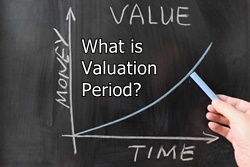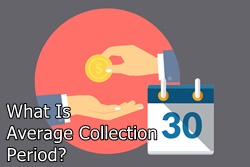What is a Go-Shop Period?
A Go-Shop Period is a provision in a Mergers and Acquisitions (M&A) agreement that allows the target business to explore competitive offers even after receiving a purchase offer from the buyer. The phase usually lasts up to two months.
How Does Go-Shop Work?
A go-shop period enables the target company's board of directors to seek the best possible offer for its shareholders. Since additional bids from other bidders would be higher than the original Bid Price, the initial acquirer's bid serves as the acquisition floor.

If the target company can find a bidder with a higher bid and the initial acquirer doesn’t match or provide a better bid, the new acquirer pays the initial acquirer a breakup fee, which is commonly incorporated in M&A agreements.
Importance of Go-Shop Period
The go-shop period is often used by the firm to maximize shareholder value. Higher bids are likely to arise in an active M&A transaction. Since the go-shop period is short, potential bidders sometimes do not have enough time to conduct appropriate due diligence on the target business to submit a higher bid price.
Apart from the short duration of a go-shop period discouraging potential bidders, the following factors contribute to the lack of fresh offers during the period:
- The highest initial bid
- Potential bidders do not want to disturb the existing deal, which may spark a bidding war
- The new bidder is required to pay a breakup fee
Given the lack of additional bids during the go-shop period, such a clause is usually viewed as a formality proving that the target company's board of directors is following its fiduciary Obligation to maximize bid value for shareholders.
Talk to our investment specialist
Go-Shop Period Vs. No Shop
Let's understand the difference between the two terms - Go shop period and no shop.
- A go-shop period allows the purchasing company to shop around for a better price. In the case of a no-shop period, the acquirer does not have this option
- If a no-shop condition is inserted, the purchasing firm will be compelled to pay a large breakup fee if it decides to sell to another company after the offer has been made. For instance, Microsoft announced the acquisition of LinkedIn in 2016. A no-shop provision was included in their agreement. If LinkedIn found another buyer, it would have to pay Microsoft a breakup fee
- No-shop provisions limit the business from actively shopping the deal, which means it can't send information to potential buyers, hold discussions with them, or solicit offers, among other things. Companies, on the other hand, can respond to unsolicited bids as part of their fiduciary responsibilities in case of a go-shop period
- Many M&A transactions include a no-shop provision
The Bottom Line
A go-shop period usually occurs when the selling company is private, and the buyer is an investment entity, such as private equity. They are also becoming increasingly prevalent in go-private negotiations, in which a public business sells through a Leveraged Buyout (LBO). It also almost never results in another buyer coming in.
All efforts have been made to ensure the information provided here is accurate. However, no guarantees are made regarding correctness of data. Please verify with scheme information document before making any investment.












